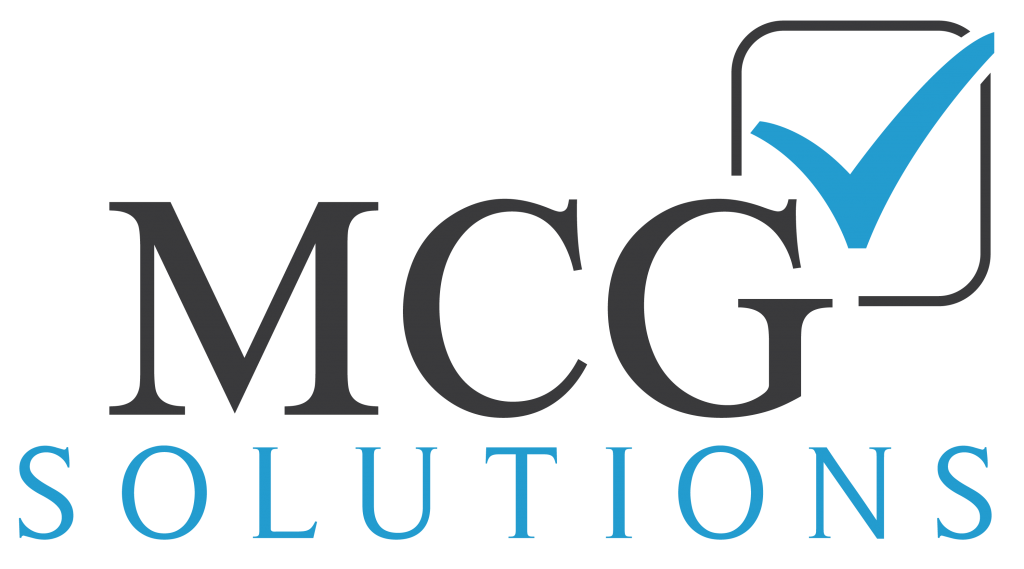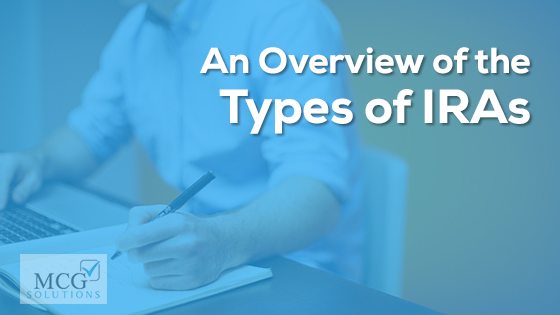One of the most common methods of funding retirements is through the use of Individual Retirement Accounts, or IRAs. You can work with banks, investment firms or insurance companies to set up an IRA, which is a type of account shielded from taxes. Your IRA may be composed of mutual funds, bonds, stocks or just about any other type of investment.
There are several main categories of IRAs. Your choice depends primarily on what’s best for your financial situation. These include:
Traditional IRAs
The primary advantage of a traditional IRA is that you can take contributions as tax deductions in the same year you make those contributions. As a result, these deductions will reduce your gross income and your resulting tax burden. Contributions and earnings alike are tax-deferred until you withdraw the funds.
This type of IRA is most beneficial to people who expect their tax rate to decrease between when the money is deposited and when it is withdrawn. Anyone, regardless of income level, can contribute to a traditional IRA if they are not eligible for contributions to employer-sponsored plans such as a 401(k).
Roth IRAs
The Roth IRA has become an especially popular retirement planning and savings tool in recent years. It was first started in 1998 and has quite a few differences from the other types of IRAs on this list.
First and foremost, all contributions to Roth IRAs are taxed as income when they are deposited, like in a nondeductible IRA. This means you cannot claim deductions on these contributions. However, when you withdraw money, the earnings you have gained on your contributions are not taxable.
After you reach age 59, all or part of your Roth IRA can be withdrawn without the money being subject to income tax (as you’ve already paid tax on the money) and without penalty. In some situations, the IRS will allow tax- and penalty-free withdrawals on Roth IRA account if you are taking the withdrawal for a qualifying purpose and doing so at least five years after you initially opened the account. Qualified purposes include purchases of a first home, payment of college education and other similar circumstances.
Nondeductible IRAs
A nondeductible IRA is more similar to a traditional IRA than a Roth IRA. The main difference between a nondeductible and traditional IRA is the ability to deduct contributions each year on your income taxes. You cannot deduct with a nondeductible IRA (as the name suggests). When you withdraw funds from a nondeductible IRA, you only pay income taxes on the money you have earned.
The main advantage of using this type of IRA is that you get tax-deferred growth on all of your contributions. People who do not meet the eligibility requirements for a traditional IRA or who have gross income that exceeds the limits set on Roth IRAs can benefit from the use of a nondeductible IRA.
All three of these types of IRAs have used as both retirement and tax planning tools. For more information about these types of IRAs and which is most beneficial for your financial situation, contact us today at MCG Solutions.

